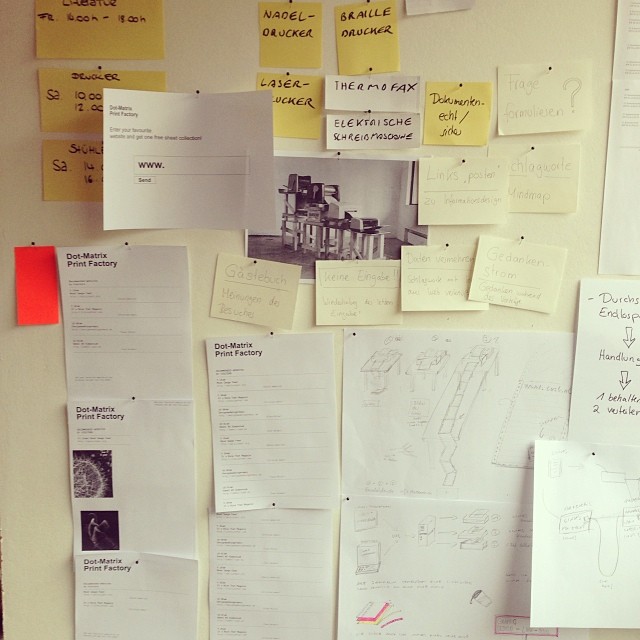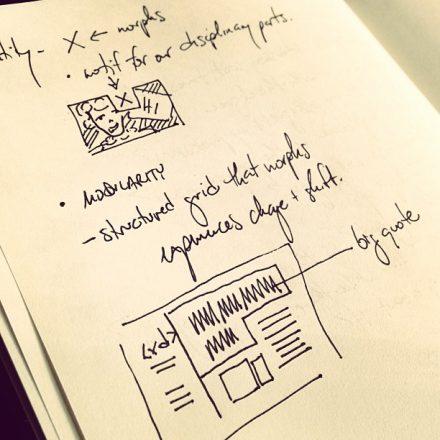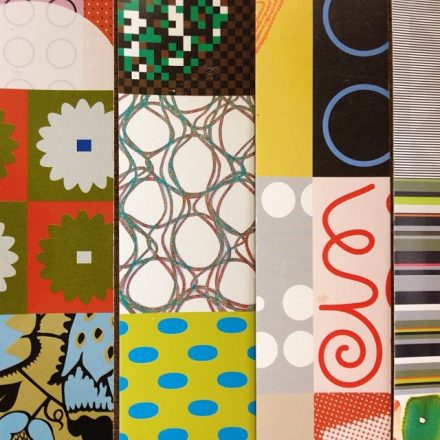Designer or Developer… or both?

A few words from Miami Design alum, Lauren Romano
Having graduated from Miami University just one year ago, I began working as an Interactive Designer at Global Cloud. As I’ve gotten to know the interactive industry a bit more since graduation, I’ve heard opinions about being purely a designer, purely a developer, or incorporating someone into a position that fills both shoes. What I’ve found is that this is clearly an ongoing debate on which many people have differing opinions. I think it’s a reality that a lot of programs are just now delving into the process of teaching development to designers. Here at Global Cloud we have the mindset that designers should also have most of the capabilities as a front-end developer would in addition to their design knowledge, and we are more than happy to help a designer evolve in this skill set. In school, I always believed that understanding code was helpful and clearly it was something I was interested in so I could have been a bit biased, but after working in the industry for a little over a year I 100% agree that an interactive designer really should pursue knowledge in both a design and development field. Here’s why:
1) Implementing your vision
To me, it always makes me feel more successful to not only design my project, but also be involved in the development process. While it makes me feel successful as a designer, I believe it’s important from a technology standpoint as well. Understanding how something works from a development perspective can really change the possibilities of the project at hand. Jeremy Bell of Teehan+Lax presents a great view of this process:
“We spend hours designing for a medium that’s interactive and responsive, but we start by producing mockups that are static and inflexible. If great design is not only aesthetics but also how it works, then it’s time to make development part of the creative process.” (http://www.teehanlax.com/blog/designing-with-code/)
I don’t mean to say that designers need to be 100% capable of fully coding their designs. At Global Cloud, I’m continuously working with developers on my projects, and learning and understanding what they do on a daily basis to make my life easier as a designer/developer. Not only do they simplify things for me in a way that I can always understand, but working with them gives me the ability to see how I can make my designs unique, and what I can do with the code we work with on a daily basis to come up with something new and innovative that I have not tried before. I believe that a good interactive design is not just purely graphical, but also depends on its functionality as well.
2) Jumping out of the box
With a further understanding of how you want things to work while you design them, it will save you further complication during the development process. Working with a developer instead of against them can really make or break a project. Keep up with industry standards, as well as new and innovative techniques in order to speed up the development of a product/site. You can find examples of coding techniques from currently existing sites, or creative ways of implementing something different posted by people on tools like codepen, etc. which may encourage you to try something you never would have thought of without any knowledge of coding. Engaging with the current community, keeping up your skills, and delving deeper into the development world can only enhance your design and keep the creative juices flowing during implementation.
3) Crossing the line
Team Treehouse states that “designing and building almost become one and the same. This is something quite unique to Web and Graphic Design.” (http://blog.teamtreehouse.com/5-good-reasons-why-designers-should-code) Overall, when I came into my current position right out of college, I would never have considered myself to know anything comparable to the title of a front-end developer. After even a few months of delving further into HTML, CSS, and even a little bit of Cold Fusion, I honestly do feel like my design skills have dramatically improved. It has opened up my mind to think in a more interactive way, not just designing in a static form.
Overall, this really only skims the surface of the debate, but I cannot encourage interactive designers enough to push themselves further into the development side of things. I know I don’t want to be a full-fledged developer, and I’m ok with that, but knowing how the back end works, and what my limitations are can be extremely helpful, not to mention time-saving, when starting a new design. I think in the future the line between developer and designer will become fuzzy and we’ll start to see more of a crossover required if you are truly interested in interactive design. The more you build your skills as an interactive designer, the more valuable you can become in the design world. Push yourself to achieve more!
Resources for beginners:
Treehouse: http://teamtreehouse.com
Codecademy: http://www.codecademy.com

